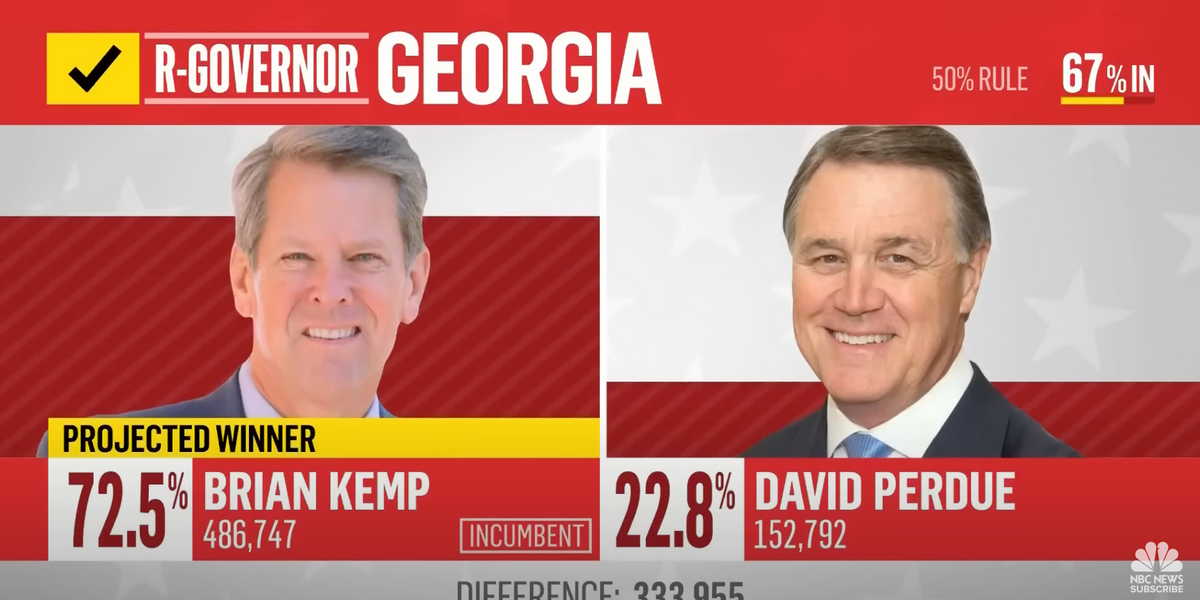
The current surge in prices is caused by several factors including the rising cost of labor (particularly in low wage roles), a constrained supply chain, historically low interest rates which until recently drove consumer spending and a tight market for housing which drove up costs.
Exacerbating these conditions, the U.S. economy continues to create jobs with “Help Wanted” signs evident in many parts of the country. The job market is particularly competitive for top talent and within key disciplines, especially in STEM fields. And many employees are using this opportunity to change jobs and secure a pay increase, promotion, or work environment otherwise unachievable with their current employer.
Amid this backdrop, recent global Korn Ferry research from 5,000 organizations in over 100 countries indicates leaders are using several tools—financial and non-financial—in this current unsettled environment.
Consideration of inflation in compensation program(s)
While the cost of labor and inflation often directionally correlate, they are not exact. In much of the past decade, wage rate increases have exceeded inflation increases. Inflation is also a more volatile and transitory measure than cost of labor increases. As base salaries reflect the amount of pay organizations provide individuals for successfully performing against job standards, the volatility of base salary is often lower (by design) than other components of pay, such as short- and long-term incentives.
Korn Ferry recommends organizations develop base salary increase budgets based on the cost of labor in relevant markets vs. cost of living and inflation. And according to WorldatWork and Salary.com, most companies do indeed base their budgets on the cost of labor with only 15-20% of organizations utilizing a cost of living/inflation-based approach.
However, if an organization feels compelled to adjust compensation to reflect a current inflationary environment, these adjustments should be considered as part of a variable pay program (i.e., one-time pay for a one-time event) versus a permanent and ongoing increase in base salary. When utilizing an inflation-based variable pay strategy firms must consider context—meaning—within your organization there are multiple competing priorities for every available compensation dollar. The prioritization of inflation-based variable pay must be assessed relative to other programs including overall salary increase budgets, internal pay equity adjustments, hot skills market adjustments and supplemental bonuses (e.g., sign on, referral, retention, project, recognition).
There is also a question of eligibility in who receives inflation-based adjustments—all employees, targeted employee groups only (if so how are targets determined), critical need jobs only, employees in lower job levels, lower paid employees across most job levels?
Base salary increase budgets
Most organizations globally are reporting an uptick in their median total salary increase budgets for 2022 vs. what they had planned in the fall of 2021. For example, U.S. median base salary increases have risen from 3.0% (over the summer) to 3.5% (median) and 4.0% (average).
It is important to also understand that reported market salary increase information is often understated (e.g., by as much as 1% in the U.S.). Many organizations (about 50%) do not include off-cycle increases in their compensation budget forecasts. Off-cycle increases often include the type of programs in competition with inflation-based variable pay for funding, such promotional increase dollars, pay equity adjustments, hot skill adjustments and counteroffers. Given this, organizations should interpret these data and other reported salary increase projection information as directional and engage in discussions focused on internal needs and objectives vs. over-indexing on imprecise external market data.
Other key compensation levers
In terms of compensation focus areas, our survey respondents said they are using the following tools even more than they did before the pandemic:
• Special incentives/bonuses outside of regular bonus programs (20% increase in usage)
• Sign-on bonuses and increased use of internal referral bonuses (18% increase)
• Retention bonuses (18% increase)
• Environmental, Social & Governance (ESG) and Corporate Social Responsibility (CSR) metrics in their executive incentive programs (17% increase)
Considerations going forward
In this most challenging of compensation environments, organizations are utilizing a wide array of tools to ensure their value propositions are effectively supporting the acquisition, engagement, and retention of talent. We recommend organizations consider the following going forward:
• Develop base salary increase budgets based on the cost of labor in comparator markets vs. the cost of living / inflation.
• Develop compensation budgets that reflect the needs of the organization, using publicly available sources directionally, versus blindly following imprecise market data.
• Consider the magnitude, eligibility and management of off-cycle increases including promotions, counteroffers, pay equity adjustments, hot-skills adjustments, in-band laterals, and the like.
• Utilization of the entire compensation toolkit to attract, engage and retain key talent including sign-on, referral, retention and project bonuses.
• Creative and thoughtful use of highly leveraged non-financial rewards including career development, organization transformation initiatives, the design of meaningful work and non-financial recognition.
Lastly, we typically see the best reward programs in organizations being the ones that are most effectively implemented as opposed to those with an elegant strategy and design. Great implementation includes leader engagement and alignment, providing managers with support capabilities and well thought out and direct communications
























































![Key Metrics for Social Media Marketing [Infographic] Key Metrics for Social Media Marketing [Infographic]](https://www.socialmediatoday.com/imgproxy/nP1lliSbrTbUmhFV6RdAz9qJZFvsstq3IG6orLUMMls/g:ce/rs:fit:770:435/bG9jYWw6Ly8vZGl2ZWltYWdlL3NvY2lhbF9tZWRpYV9yb2lfaW5vZ3JhcGhpYzIucG5n.webp)


















